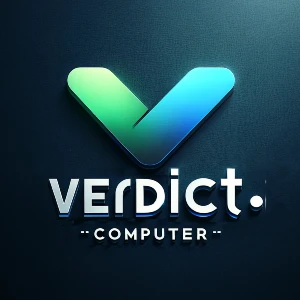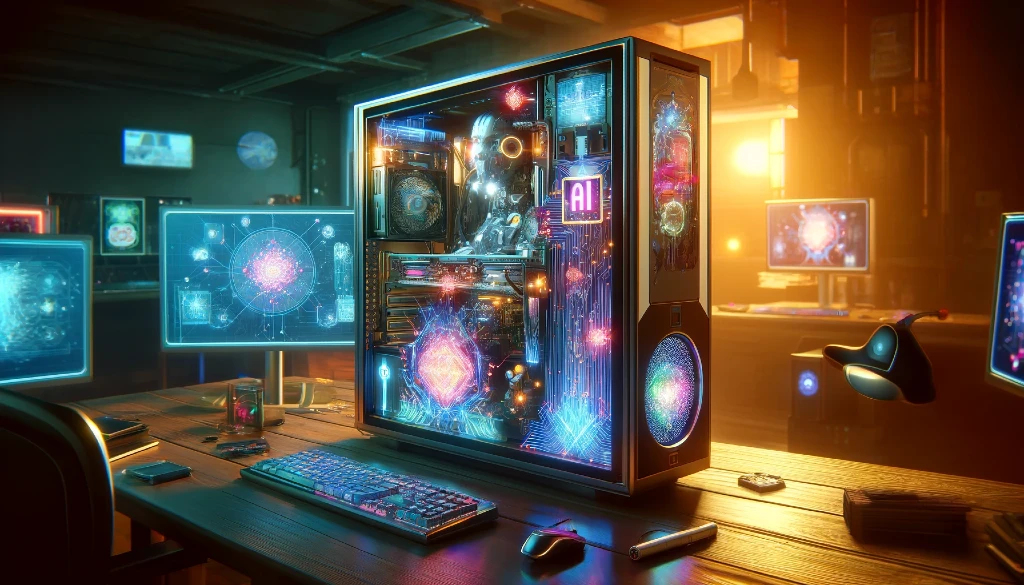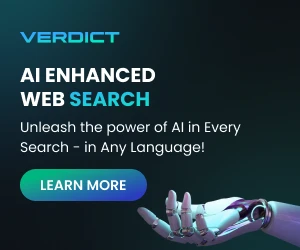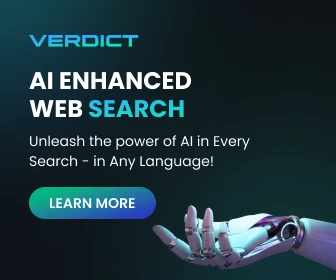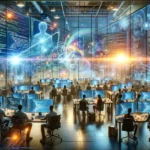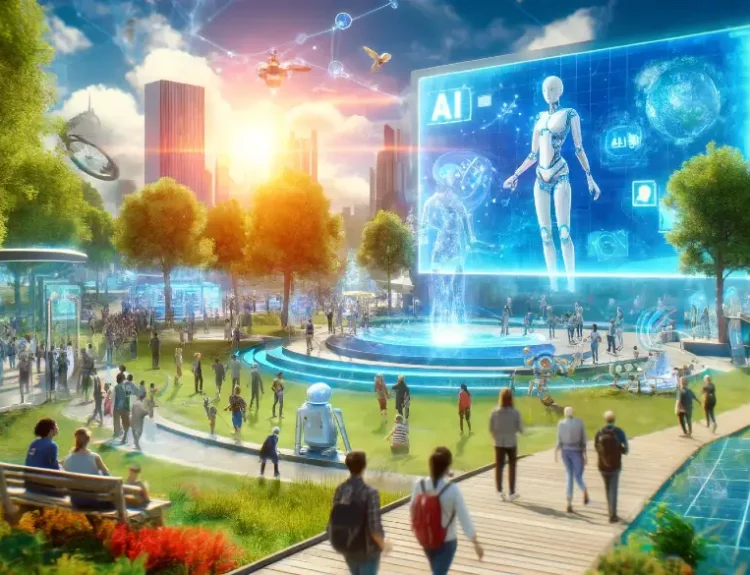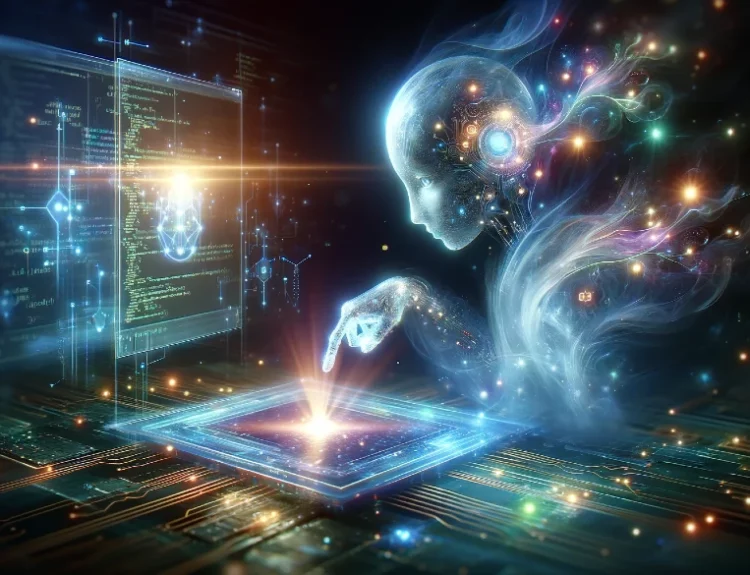Introduction
The world of computer science is a vibrant tapestry woven from countless languages. From the tried-and-true veterans like C++ and Python to the emerging stars like Rust and Go, each language offers a unique way to translate human ideas into digital instructions. However, this very diversity can create a significant hurdle: language barriers. Programmers from different backgrounds often struggle to decipher code written in a language unfamiliar to them. This not only hinders collaboration but also limits access to the vast knowledge base stored within different languages.
Thankfully, the winds of change are blowing. On the horizon, a powerful force is emerging: Artificial Intelligence (AI). AI has the potential to revolutionize the way computers understand and process human languages, ultimately acting as a bridge to overcome these communication barriers. In this blog post, we’ll delve into the fascinating world of AI and explore its profound influence on computer languages. We’ll discuss how AI-powered innovations are breaking down language barriers, fostering better collaboration, and paving the way for a more inclusive future in computer science. So, buckle up and get ready to discover how AI is changing the very language of computers!
AI’s Impact on Computer Languages
The realm of computer languages is undergoing a metamorphosis fueled by the transformative power of Artificial Intelligence (AI). No longer are programming languages solely the domain of human syntax and logic. AI algorithms, with their ever-growing sophistication, are fundamentally changing how computers interact with and understand human languages.
One of the most exciting advancements is the rise of AI-driven Natural Language Processing (NLP). NLP refers to the ability of computers to comprehend and manipulate human language. Thanks to AI, NLP is experiencing a significant leap forward. AI algorithms are now capable of analyzing vast amounts of text data, identifying patterns, and extracting meaning with remarkable accuracy. This paves the way for a multitude of applications that bridge the gap between human and computer languages.
For instance, imagine a world where machine translation becomes flawless, seamlessly converting code from one language to another. Developers could leverage code written in any language, fostering collaboration across geographical and linguistic borders. Additionally, AI-powered sentiment analysis can be used to understand the intent behind code comments and documentation, leading to a deeper grasp of a program’s functionality. These are just a few examples of how AI’s influence on NLP is revolutionizing the way we interact with computer languages.
But the impact goes beyond NLP. AI is also driving innovations in other areas of computer linguistics. AI-powered tools are enhancing code generation, suggesting efficient code structures and even automatically writing boilerplate code. This streamlines the development process, allowing programmers to focus on the core logic and problem-solving aspects. Furthermore, AI is being explored for debugging purposes. By analyzing code patterns and identifying potential errors, AI can significantly reduce debugging time and effort. The future might even see AI create entirely new programming languages, languages specifically designed for human understanding and interaction, further blurring the lines between human and computer communication.
Innovations in AI-powered Linguistic Technologies
The landscape of AI-powered linguistic technologies is brimming with groundbreaking advancements that are rapidly transforming the way programmers interact with code. Let’s delve into some of the most exciting innovations:
- AI-powered Code Completion: Imagine a world where your IDE (Integrated Development Environment) can intelligently predict the next line of code you’re about to write. This is the magic of AI-powered code completion tools. These tools leverage machine learning models trained on vast code repositories to analyze your coding style, context, and current code structure. Based on this analysis, they suggest the most likely and efficient code snippets to complete your current line. This not only saves you time but also ensures consistency and reduces errors in your code.
- Automated Bug Detection and Debugging: Debugging, the bane of many a programmer’s existence, is getting a much-needed AI makeover. AI-powered debugging tools can analyze your code and identify potential bugs and errors with impressive accuracy. These tools go beyond simply highlighting syntax errors. They can detect logical flaws, potential runtime exceptions, and even code smells – indicators of poorly written or inefficient code. This allows programmers to pinpoint issues faster and focus their efforts on fixing the root cause of the problem.
- Natural Language Code Generation: Buckle up for a glimpse into the future! AI is making significant strides in generating actual code based on natural language descriptions. Imagine describing the functionality you want to achieve in plain English, and an AI tool translates that description into working code. While this technology is still in its early stages, the potential is immense. It could democratize programming by allowing non-programmers to create basic functionalities or serve as a powerful tool for rapid prototyping.
These are just a few examples of how AI-powered linguistic technologies are revolutionizing the programming landscape. As AI continues to evolve, we can expect even more groundbreaking innovations that will further enhance programmer productivity, improve code quality, and ultimately break down the barriers between human and computer languages.
The Future of AI in Computer Language Development
The future of computer language development is painted with the vibrant hues of AI. As AI continues its exponential growth, we can expect a paradigm shift in how we interact with and utilize programming languages. Here’s a glimpse into some of the exciting possibilities:
- Breaking Down Language Barriers: Imagine a world where programmers from all corners of the globe can seamlessly collaborate on a project, regardless of their native language. AI-powered translation tools specifically designed for code will become commonplace, allowing for real-time communication and understanding between programmers using different languages. This will foster a truly globalized programming community, leading to a richer exchange of ideas and faster innovation.
- Democratizing Access to Computer Science: The complexities of traditional programming languages can often be a barrier to entry for those new to the field. AI-powered tools can help bridge this gap. Imagine intelligent programming assistants that can guide beginners through the process of writing code, offering real-time feedback and suggesting solutions in natural language. This will make computer science more accessible and encourage a more diverse pool of talent to enter the field.
- Building Intelligent Language Solutions: The future holds the promise of AI-powered “intelligent assistants” specifically designed for programmers. These assistants will go beyond simple code completion; they will become invaluable collaborators. Imagine an assistant that can analyze your code’s efficiency, suggest alternative algorithms, and even identify potential security vulnerabilities. With such powerful tools at their disposal, programmers will be able to write cleaner, more efficient, and secure code with greater ease.
The marriage of AI and computer languages is still in its early stages, but the potential for a transformative future is undeniable. By breaking down language barriers, democratizing access, and building intelligent language solutions, AI has the power to usher in a new era of collaboration, innovation, and progress in the world of computer science.
Enhancing Communication with AI: The Power of Advanced Technologies
While AI holds immense promise for revolutionizing computer languages, effective communication between humans and AI remains crucial. To fully harness this potential, we need to ensure AI can understand the nuances of human language and respond in a way that is clear, concise, and tailored to the user’s needs.
This is where advanced AI technologies like Machine Learning (ML) and Artificial General Intelligence (AGI) come into play.
- Machine Learning for Continuous Improvement: ML algorithms can be trained on vast amounts of code and natural language data. This allows them to continuously learn and improve their understanding of human language. As programmers interact with AI tools, their feedback can be fed back into the ML models, further refining the AI’s ability to understand programmer intent and respond accordingly.
- Artificial General Intelligence for Contextual Understanding: The holy grail of AI research, AGI, refers to the creation of intelligent machines that can mimic human-like cognitive abilities. While still in its nascent stages, AGI holds the potential for AI to grasp the deeper meaning and context behind human language. Imagine AI tools that can not only understand the syntax of code but also the programmer’s goals and thought processes. This would enable a truly collaborative environment where AI can anticipate programmer needs and suggest solutions that align with their specific objectives.
Developing AI with Human Nuances in Mind:
It’s important to remember that human language is full of complexities and nuances. Effective communication with AI requires AI algorithms to be developed with these nuances in mind. This includes the ability to understand sarcasm, humor, and figurative language, all of which are common elements of human communication.
By focusing on these advanced technologies and fostering a deeper understanding of human language, we can pave the way for a future where communication with AI is seamless, intuitive, and truly transformative for the world of computer science.
Conclusion
The winds of change are sweeping through the realm of computer languages, propelled by the transformative power of AI. AI is no longer a distant observer; it is actively shaping the way we interact with and utilize programming languages. From breaking down language barriers to fostering collaboration and building intelligent language solutions, AI holds the potential to revolutionize the future of computer science.
As we move forward, it’s important to remember that AI is a tool, and like any tool, its effectiveness hinges on how we use it. By focusing on developing AI with a strong understanding of human language nuances and leveraging advanced technologies like Machine Learning and striving towards AGI, we can ensure AI remains a force for good in the programming world.
At Verdict, we believe in the transformative potential of AI. We’re building a platform where AI can learn and grow through real-world interactions with a diverse community. Every search, interaction, and shared result on Verdict contributes to building an AI that understands and reflects the richness of human experience.
Join us on this collective journey! Visit our website and become a part of the Verdict community. Share your thoughts, ideas, and code, and help us shape the future of AI in computer science.
Explore More on Our Blog
For more thought-provoking content, check out our blog page! We delve into a variety of exciting topics related to AI, including: The Impact of AI in Computer Systems, AI-powered Education: Revolutionizing How We Learn and many more!
Stay tuned for future posts where we explore the ever-evolving world of AI and its impact on various aspects of technology and society.
